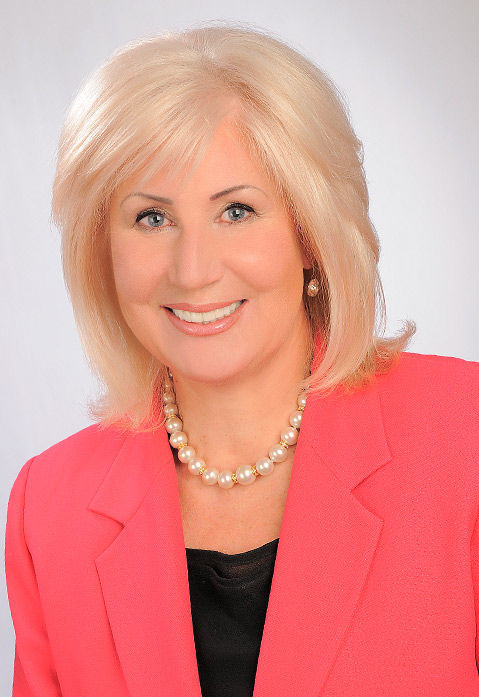- Submenu for Elements of an Offer Explained
- Land Transfer Tax
- Closing Costs
- Elements of an Offer Explained
- Title Insurance Explained
- What to Expect from a Real Estate Professional
- Free Home Evaluation
Elements of an Offer Explained
There are six key components to the elements of an offer. They are:
Price
Depending on the local market conditions and information provided by me, your Real Estate Professional, the price you offer may be different from the seller's price.
Deposit
Your deposit shows good faith and will be applied against the purchase of the home when the sale closes. As your Real Estate Professional I can advise you on an appropriate amount.
Terms
Includes the total price offered and the financing details. You arrange your own financing or ask to assume the seller's mortgage, especially if it has an attractive interest rate.
Conditions
These might include "subject to home inspection", "subject to you obtaining financing", or "subject to you selling your property".
Inclusions and Exclusions
These might include appliances and certain fixtures or decorative items, such as window coverings or mirrors. These items would remain in the house.
Closing or Possession Date
Generally, the day the title of the property is legally transferred and the transaction of funds finalized.
Greater Savings with a Larger Down Payment
T he size of a down payment can vary. Depending on the type of mortgage, down payments generally range from 5% to 20% of the purchase price.
To obtain a conventional mortgage, home buyers are required to put down at least 20% of the purchase price or appraised value (whichever is less) as a down payment. If you don't have the necessary time or resources to save a full 20% down payment, you can choose a high-ratio mortgage and buy a home with a down payment of as little as 5%. This option is called a high-ratio mortgage and it requires you to purchase default insurance.
Whether you choose a conventional or a high-ratio mortgage, one thing is almost always certain: the larger your down payment, the more you save in the long run.
Want more information? Visit the Canada Customs and Revenue Agency Publication.
A larger down payment...
Reduces the amount of your monthly principal and interest payment
Reduces the total amount of interest you pay over the life of your mortgage
A sk about the RSP Home Buyers' Plan
The RSP Home Buyers' Plan (HBP) lets a first-time buyer withdraw up to $25,000 from RSPs for a home purchase. The withdrawn amount must be repaid within 15 years, subject to a minimum annual repayment that is 1/15 of the amount withdrawn. If the full $25,000 is withdrawn, the minimum annual repayment is $1,333. If less than the minimum is repaid in any particular year, the balance is added to the taxpayer's income.
Insuring Your High-Ratio Mortgage
CMHC or Genworth Financial may insure a mortgage for up to 95% of the lending value of the house. Therefore, purchasers do not need a large down payment. Eligible borrowers include anyone who buys a home in Canada intending to occupy it as their principal residence. And the availability of government-backed mortgage insurance is restricted to homes with a value of $1 million or less
Purchasers can use up to 39% of their gross family income for payments of mortgage principal and interest, property taxes and heating. A buyer's total debt load (including consumer loans, etc.) cannot exceed 44% of the gross family income.
P eople who insure a mortgage loan with CMHC or Genworth pay a premium. The premium is based on the down payment and loan amount. A list of the mortgage insurance premiums can be found here.
Cost:
Premiums can be paid up front or added to the principal amount of the mortgage.
Loan Amount:
Up to 95% of the lending value of the house.
Mortgage Term:
To be set by the lending institution.
Max. House Price:
Varies by market.
